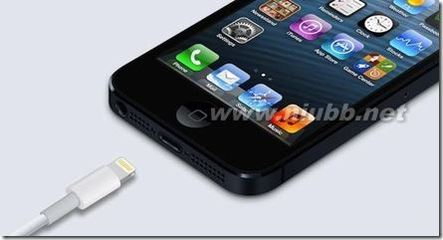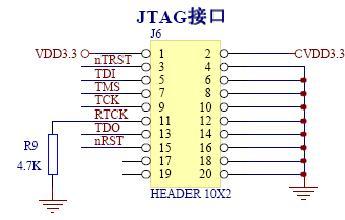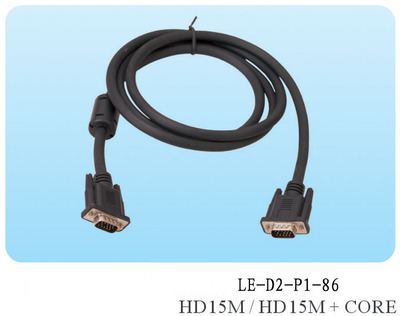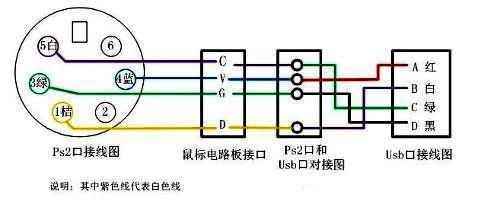As illustrated inFigurebelow, an HDMI connector contains 19 pins,which include:
TMDS data channels (6 pins): thesecarry the digital data representing audio and video. Video data arealways sent in an uncompressed format and includes horizontal andvertical blanking intervals. Audio data, which can consist of anycompressed,non-compressed, PCM, single ormulti-channel formats (including the new DTS-HDMaster Audio and Dolby TrueHD formats for blue laser DVDs), fitinto the video blanking intervals and are sent as HDMIpackets.
TMDS clock channel (2 pins): this is areference clock signal that enables the receiving device torobustly recover the data stream.
Consumer Electronics Control (CEC) (1pin): this is an optional feature in HDMI devices. It is adedicated control bus that enables devices to automatically controlother attached devices. See detailed description of CECbelow.
Display Data Channel (DDC) (1 pin):this is an I2C bus that is used for devices to convey theircapability information to other devices, and is also used for HDCPauthentication and encryption.
+5V power (1 pin): supplies lowcurrent, +5V DC power for the purpose of reading the EDID ROMcontained in the display.
Hot Plug Detect (1 pin): a signalintended to convey to the source that a "hot plug" event hasoccurred (such as a cable that has been unplugged), which typicallyresults in the source re-initializing the HDMI link.
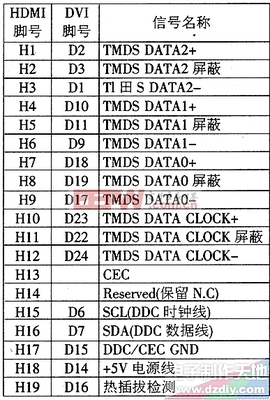
TMDS Shield Lines (4 pinsdesignated in yellow): Each of the four TMDS channels iscarried in the cable with a shielded twisted pair of wires. Theshields, used to minimize cross-talk and EMI emissions, areattached to ground at both ends of the cable.
CEC/DDC Ground (1 pin): Used for thecurrent return for all non-TMDS signals.
 爱华网
爱华网